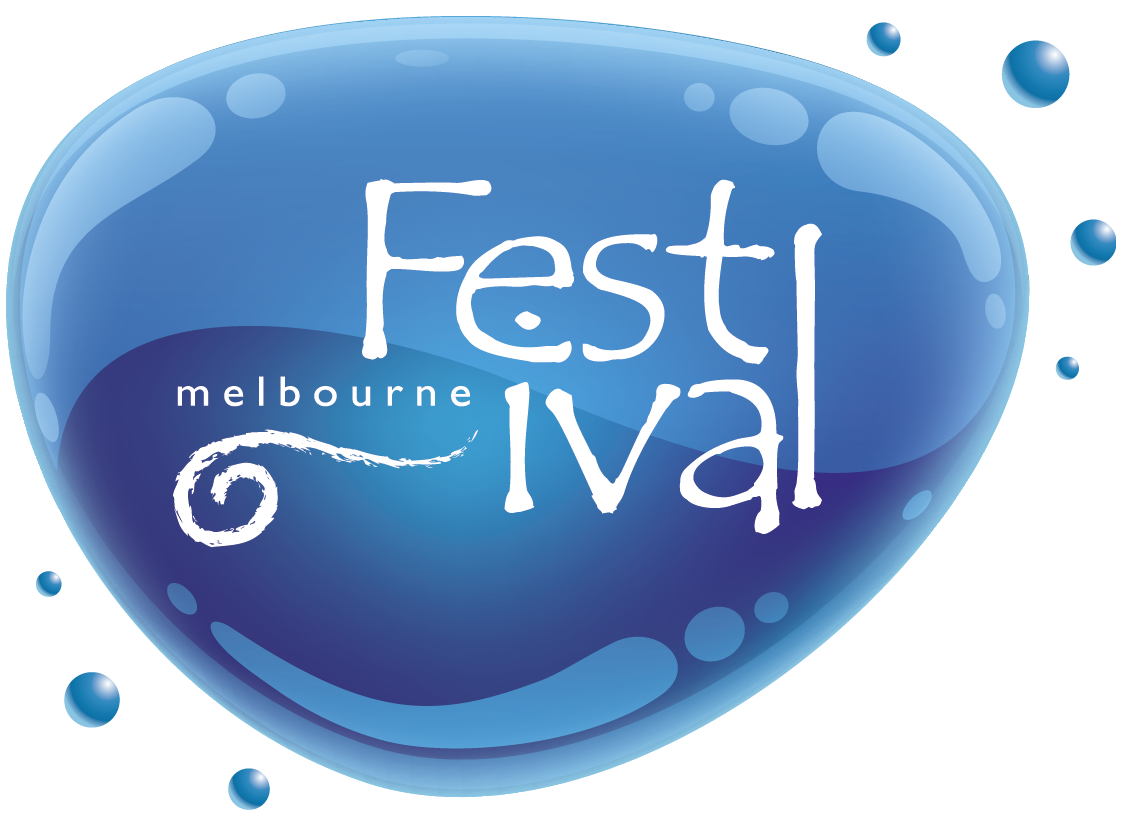
Visit Melbourne
Melbourne - Architecture & History
There are many reasons why Melbourne enjoys consistent popularity with its residents and visitors. It is an attractive, appealing and historic settlement, with a vibrant and varied social mix and a strong community spirit. It also sits in a stretch of picturesque countryside extending southwards into the parklands of Calke Abbey and Staunton Harold.
Before the growth of the Swadlincote area in the 19th century, Melbourne was the principal settlement in the current administrative district of South Derbyshire. Its past importance continues to be reflected in its rich heritage. The parish contains a far greater number of listed buildings than any other place in the district and Melbourne’s town centre was one of the earliest conservation areas in the county, first designated as such back in 1969. With a population of about 5,000, the parish is large enough to have plenty of life of its own, yet small enough to preserve a village atmosphere. Unlike many old villages Melbourne still has a thriving community, today we have a diverse group of independent retailers, pubs, restaurants and free parking!
During the period c1770 – c1890 Melbourne grew from an agricultural village into a small and prosperous manufacturing town and its population doubled. Melbourne earned a reputation for the production of silk gloves and shawls, boots, shoes and the commercial production of fruit and vegetables. It’s no surprise, then, that the townscape is dominated by buildings of this period, most of them well-built and respectable, if plain. Usually, the visitor to Melbourne can make only a skin-deep acquaintance with most of these buildings, but the Festival offers a unique opportunity to see what lies within and behind them, and to learn a little more about their history.
Also, in a class of their own, are Melbourne’s outstanding Norman church of c1125-35 and the adjacent mediaeval barn by its west end, later converted to a maltings. The top storey is of Georgian brick, and the projection at the left hand end once contained the malt kiln.
Don’t miss Melbourne Hall which has just come to the end of a huge renovation programme including a new roof and chimneys! Melbourne Hall forms part of the Trail and has its own Tea Rooms serving homemade breakfasts, lunches and cakes and Gardens which are open during the Festival weekend for a £1 donation – it is well worth a visit.
Whether you are a resident or a visitor, we hope you have an enjoyable visit to Melbourne Festival and thank you for your support. Don’t forget to come back throughout the year to visit our great independent shops, restaurants, cafés and pubs.










